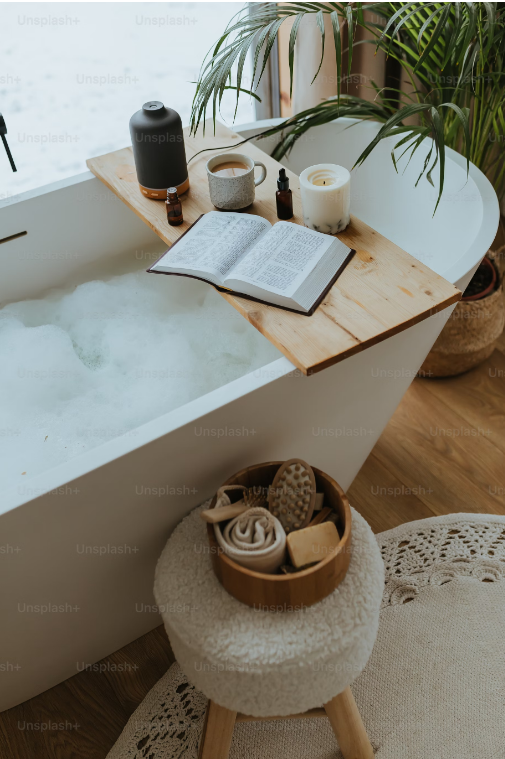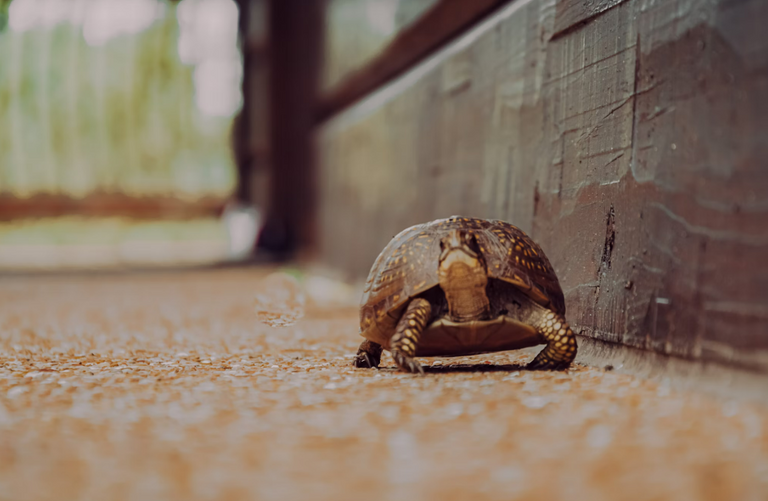In a world that moves at an increasingly fast pace, where productivity is prioritized over well-being, many people find themselves overwhelmed, exhausted, and disconnected from what truly matters. The concept of slow living offers an alternative—a lifestyle centered around mindfulness, simplicity, and intentionality. By slowing down, we can cultivate a deeper appreciation for life, reduce stress, and focus on what brings us joy and fulfillment.
This guide will explore what slow living is, why it’s beneficial, and how you can incorporate it into your daily routine.
What is Slow Living?
Slow living is a lifestyle philosophy that encourages a more deliberate and thoughtful approach to daily life. It emphasizes quality over quantity, mindfulness over multitasking, and meaningful connections over constant busyness. The goal is not to eliminate responsibilities but to approach them with intention and presence.
Slow living is about:
- Simplifying daily routines to reduce stress and overwhelm
- Being fully present in the moment rather than rushing through tasks
- Prioritizing well-being over productivity and external expectations
- Building deeper connections with yourself, others, and nature
By embracing this way of life, you can create space for what truly matters and experience more peace and fulfillment.
The Benefits of Slow Living
1. Reduced Stress and Anxiety
Constantly feeling rushed leads to heightened stress levels and anxiety. Slow living helps break the cycle of urgency, allowing you to move through life with more ease and clarity.
2. Greater Mindfulness and Presence
When you slow down, you become more aware of your surroundings, thoughts, and emotions. This presence enhances your ability to enjoy small moments and appreciate the beauty in everyday life.
3. Deeper Relationships
Rushing through life often means neglecting personal relationships. Slow living encourages meaningful conversations, active listening, and stronger connections with family and friends.
4. Improved Well-Being
From better sleep to healthier eating habits, slow living promotes self-care and balance, allowing you to nurture both your physical and mental health.
5. Increased Creativity and Productivity
Paradoxically, slowing down can make you more productive. By focusing on one task at a time and eliminating distractions, you can work more efficiently and creatively without feeling drained.
How to Embrace Slow Living in Your Daily Life
1. Start Your Day Mindfully
Rather than jumping out of bed and immediately checking your phone, take a few moments to stretch, breathe, or enjoy a quiet cup of tea or coffee. Establishing a peaceful morning routine sets the tone for a calmer day.
2. Simplify Your Schedule
Overcommitting leads to stress and exhaustion. Learn to say no to unnecessary obligations and focus on what truly aligns with your values. Prioritize tasks that bring joy and purpose rather than filling your day with busyness.
3. Savor Everyday Moments
Slow living is about appreciating simple joys—the warmth of sunlight, the aroma of fresh coffee, the laughter of loved ones. Engage all your senses in daily experiences and practice gratitude for small, beautiful moments.
4. Eat with Intention
Instead of eating on the go or while distracted, take time to enjoy each bite, appreciate flavors, and listen to your body's hunger cues. Preparing homemade meals with fresh ingredients fosters a deeper connection with your food.
5. Disconnect from Digital Distractions
Technology keeps us constantly stimulated, leaving little room for rest and reflection. Set boundaries with social media, create screen-free zones in your home, and dedicate time each day for offline activities like reading, journaling, or simply being still.
6. Embrace Nature
Spending time in nature is a powerful way to slow down and recharge. Take a walk in the park, listen to the sound of birds, or feel the grass beneath your feet. Nature naturally encourages a slower, more mindful pace of life.
7. Cultivate a Hobby
Engaging in creative activities like painting, knitting, gardening, or playing music allows you to lose yourself in the process and enjoy the moment without rushing toward an outcome.
8. Create a Calm and Cozy Home
Your surroundings influence your mindset. Decluttering your space, using soft lighting, and incorporating elements of nature (plants, wooden textures, calming scents) can make your home a sanctuary of peace and relaxation.
9. Practice Deep Breathing and Meditation
A few minutes of deep breathing or meditation each day can help center your mind, reduce stress, and improve overall well-being. Try inhaling deeply for four seconds, holding for four seconds, and exhaling for four seconds to create a sense of calm.
10. Let Go of Perfectionism
Embracing slow living means accepting that not everything has to be perfect. Allow yourself to take breaks, make mistakes, and live life at a natural, unforced rhythm.
Final Thoughts
Slow living is not about doing less—it’s about doing things with more meaning, intention, and awareness. In a world that often glorifies speed and efficiency, taking the time to slow down can be a radical act of self-care. By simplifying your lifestyle, prioritizing well-being, and savoring small moments, you can cultivate a more peaceful, fulfilling, and balanced life.



